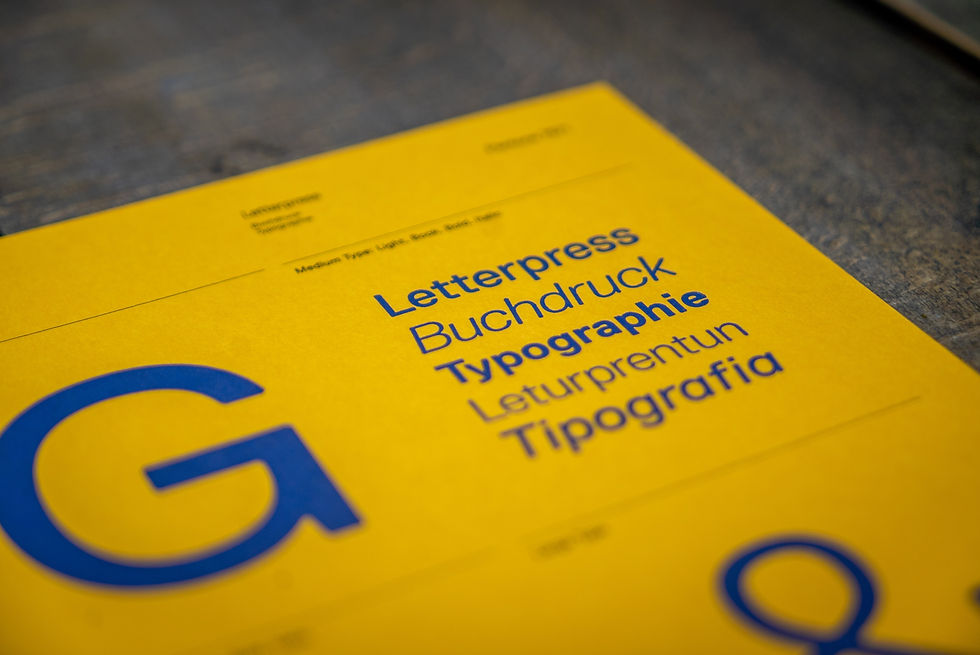Exploring Advanced Color Theory for Designers
- artisanalleylearni
- May 18, 2024
- 4 min read

Color is a fundamental element in design that can evoke emotions, convey messages, and create visual harmony. Understanding advanced color theory enables designers to make informed choices, enhancing their ability to use color effectively in their projects. This article delves into the complexities of color psychology, color harmonies, and practical applications to elevate your design skills.
1. The Psychology of Color
Color psychology explores how colors influence human emotions and behaviors. Different colors can evoke distinct responses, making it crucial for designers to choose colors that align with the intended message and audience.
Common Color Associations:
Red: Passion, energy, urgency. Often used in marketing to create excitement and encourage action.
Blue: Trust, calmness, professionalism. Commonly used in corporate and technology branding.
Yellow: Optimism, warmth, attention. Effective for drawing attention and conveying positivity.
Green: Growth, health, tranquility. Frequently used in eco-friendly and health-related designs.
Purple: Luxury, creativity, mystery. Associated with premium products and creative industries.
Black: Sophistication, power, elegance. Often used for high-end and formal designs.
White: Purity, simplicity, cleanliness. Common in minimalist and modern designs.
2. Color Harmonies and Schemes
Color harmony refers to the aesthetically pleasing combination of colors. Using color harmonies ensures that your designs are visually appealing and balanced.
Key Color Harmonies:
Analogous Colors: Colors that are next to each other on the color wheel (e.g., blue, green, and teal). These schemes are harmonious and often found in nature, providing a serene and comfortable design.
Complementary Colors: Colors that are opposite each other on the color wheel (e.g., red and green). These schemes create high contrast and visual interest, making elements stand out.
Triadic Colors: Three colors that are evenly spaced around the color wheel (e.g., red, blue, and yellow). These schemes are vibrant and balanced, offering a diverse color palette.
Tetradic Colors: Two complementary color pairs (e.g., red and green, blue and orange). These schemes offer a rich color palette with a variety of contrast and harmony.
Monochromatic Colors: Variations in lightness and saturation of a single color (e.g., different shades and tints of blue). These schemes provide a cohesive and elegant look.
3. Advanced Color Theory Concepts
Exploring advanced color theory concepts helps designers understand the deeper interactions of colors and their impact on design.
Simultaneous Contrast:
This phenomenon occurs when two colors placed next to each other affect each other’s appearance. For example, a gray color may appear different when placed next to a red background compared to a blue background. Understanding simultaneous contrast helps in creating visual effects and ensuring color balance.
Color Context:
The perception of a color can change depending on its surrounding colors. Designers need to consider the context in which colors are used to ensure they convey the intended message and maintain visual harmony.
Color Temperature:
Colors are often described as warm (reds, oranges, yellows) or cool (blues, greens, purples). Mixing warm and cool colors can create a dynamic balance in design. Warm colors tend to advance, while cool colors recede, affecting the visual hierarchy and depth of a design.
4. Practical Applications of Color Theory
Applying advanced color theory to real-world design projects enhances their effectiveness and appeal.
Branding:
Use color psychology to choose brand colors that reflect the company’s values and resonate with the target audience. Consistent use of brand colors across all materials strengthens brand identity.
Web Design:
Consider color harmonies and contrast for readability and user experience. Use colors strategically to guide users’ attention to important elements like calls to action.
Print Design:
Pay attention to color reproduction in print. Ensure that colors look consistent across different materials and lighting conditions.
Advertising:
Leverage color to evoke desired emotions and actions. For example, use red to create urgency in sale advertisements, or green to convey health benefits in product packaging.
5. Tools and Resources for Color Management
Several tools and resources can assist designers in mastering color theory and applying it effectively.
Color Palettes and Generators:
Adobe Color: A tool for creating and exploring color palettes based on various harmonies.
Coolors: A user-friendly palette generator that allows easy exploration and customization of color schemes.
Paletton: An interactive color wheel that helps in designing harmonious color combinations.
Color Accessibility Checkers:
Contrast Checker: Ensures that text and background colors meet accessibility standards for readability.
Color Oracle: A color blindness simulator that helps designers create accessible designs for all users.
6. Continuing Education and Practice
Color theory is a vast and evolving field. Continuous learning and practice are essential for mastering its nuances.
Courses and Workshops:
Online Courses: Platforms like Coursera, Udemy, and Skillshare offer courses on color theory and design.
Workshops: Attend design workshops and seminars to learn from industry experts and gain practical experience.
Experimentation:
Regularly experiment with different color combinations and designs. Analyze successful designs to understand how color theory principles are applied.
Conclusion
Advanced color theory is an indispensable tool for designers, enabling them to create visually appealing and effective designs. By understanding color psychology, harmonies, and advanced concepts, designers can make informed choices that enhance their work. Embrace continuous learning and experimentation to refine your color skills and create impactful visual communications.




Comments